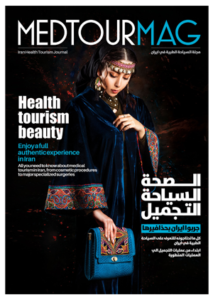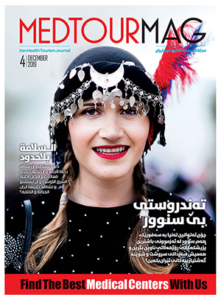Having similar characteristics, many developing countries are becoming increasingly competent in medical tourism, and might one day dethrone the traditional power of the industry.
With the arrival of the postcolonial age and the socioeconomic developments in countries that are mostly known for being former European colonies, the growth of medical and tourism industries in these states became inevitable. Now in the 21st century, these developing countries generally benefit from high populations and growing industries and so, they have become hotbeds for medical tourists. Today we will examine the most successful examples of medical tourism in developing countries.
South East Asian Countries
The high population, rapid development of industries, amazing natural and cultural landmarks, the exotic and oriental nature of these countries, as well as their advanced medical science, makes it inevitable for these countries to become medical tourism destinations. Although all countries in the region are emerging as medical tourism prodigies, the three countries of Malaysia, Thailand and Singapore are the leading medical tourism countries in the region. After the economic crisis of the 1990’s in Southeast Asia, many countries in the region began to think of alternatives to increase their national economy. The three aforementioned states were the first ones to majorly invest in medical tourism. Three decades later, these countries have repeatedly been featured in top ten countries of medical tourism.
The Burmungrad International hospital in Bangkok alone receives 400 thousand health tourists annually, and according to the latest statistics released by the government, Malaysia has treated more than a million health tourists in 2016.

Singapore is designated by the World Health Organization as having the world’s fourth best healthcare system.
Singapore, however, is the unchallenged leader of Southeast Asian medical tourism. Singapore’s healthcare system is ranked fourth in the world by the World Health Organization and it is one of the most developed nations in the world. Medical tourism is seen as part of the national economic strategy by the Singapore’s government and investments in the industry face lower tax rates.
Related Articles: Why Medical Tourism in Singapore?
While Malaysia and Thailand have become the preferred destination of medical tourists from neighboring countries like Indonesia, Singapore attracts patients from all around the world. Another advantage of receiving treatment in Southeast Asian countries is the low rates of treatment. In all countries in the region and even in Singapore, all treatments cost between 60% and 80% less compared to Western countries, while their quality is equal and even higher in procedures such as cosmetic surgeries.
India
Another developing country poised to become a medical tourism power is india. As a subcontinent in its own right , the second most populous country in the world, and one of the world’s first countries in which the science of medicine was developed, India’s presence in this list is a given. Since ancient days India has had its own unique medical science, and even today in the West, many people are attracted to the Indian medicine as an alternative.
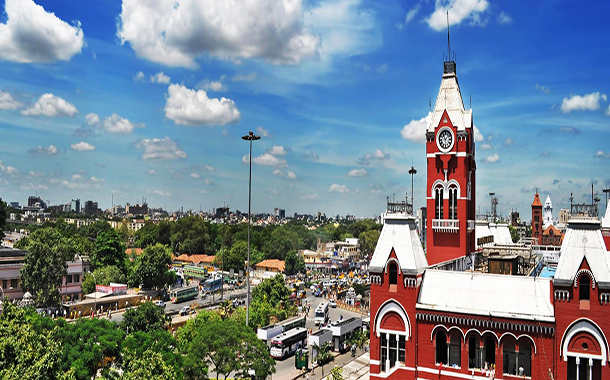
Chennai is the medical tourism heartland of India
After India’s independence from Britain in the 1950’s and the increasing progress of the country, it is now known as a potential economic superpower. Many doctor and nurse immigrants to Europe and America are of Indian decent which in recent years has led to recognition of India as a medical power.
India has 30 UNESCO World Heritage Sites and since its colonization in the 18th century has attracted from Western tourists. The country’s rich culture and attractions continue to attract tourists from all over the world.
With the support and investment of the Indian government, the city of Chennai has become the capital of Indian medical tourism. India has 39 JCI accredited hospitals. 150 medical tourists are being treated daily just in Chennai. Since 2019, in order to turn India into a more accessible and convenient medical tourism destination, the Indian government has introduced the new medical visa, which has six months of credit.
The English language is an official language in India and is widely used by the public, which is a major advantage for Western tourists. Many Indian hospitals have also have hired various interpreters to improve their international the experience of their international patients. Most of the international hospitals in India have interpreters speaking Russian, Arabic, English, as well as languages of the Balkan states and Africa.
Indian hospitals do not have long waiting queues and the treatment process for the patients begins instantaneously. Like in Southeast Asian countries, the treatments are 65 to 90 percent cheaper compared to Western Countries. Many of India’s private hospitals sell specialized treatment packages, providing special services, such as personal drivers and internet for their guest patients.
All of these factors contributed to the growth of 200% in the industry, attracting 500,000 more medical tourists and a profit of over 9 billion Euros from medical tourism in 2020, which will be doubled by the end of the year. India is known as a key player in medical tourism and has the potential to become a potential superpower in the industry.
Brazil
Brazil is the largest, most populous and most advanced country in terms of medical tourism in Latin America. Brazil has 43 JCI accredited hospitals and is considered a cosmetic surgery paradise. Brazil was among the first to invest in medical tourism and was one of the founders of the industry. Medical tourism in Brazil experiences a 45% growth every year. Brazil attracts the highest number of medical tourists in the world after the United States and the most among the developed countries.
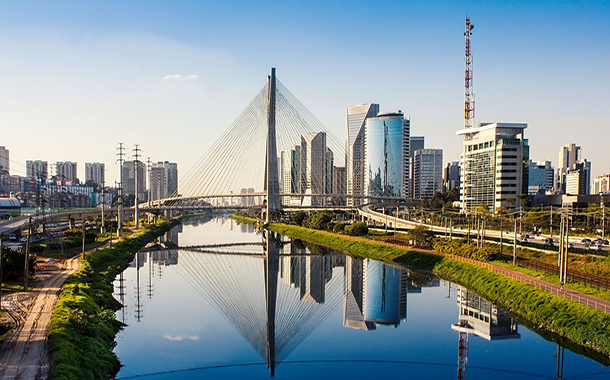
Sao Paulo is one of the two main medical cities of Brazil, alongside Florianopolis.
Brazil is one of the leading countries in cosmetic surgeries with the skill of its surgeons and the surgical error percentage of close to zero being famed in the medical communities around the world. The World Health Organization has declared Brazil as the country with the best healthcare in all of Latin America.
Amid it economic issues, in the recent years the Brazilian government has placed medical tourism as one of its economic priorities and has contributed huge development and investment to the industry.
Brazil is a flexible country where large, high end international hospitals and small private clinics, are working in conjuncture to serve medical tourists. The cities of Sao Paulo and Florianopolis are Brazil’s main medical tourism hubs, where hospitals and medical centers have the most advanced and up to date and medical facilities.
Other advantages of medical tourism in Brazil can its glaring nature and soothing beaches. Treatment in Brazil costs just half as much as in Europe and the US.
Turkey
Turkey is one of the emerging players of medical tourism and in order to become a power in the industry has gone to great lengths to make treatment in this country an accessible and reliable option .Similar to Indian, Turkish hospitals do not have a waiting queue and have exceptional quality.
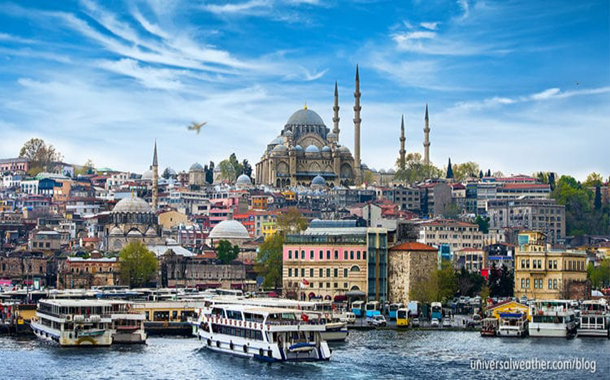
Istanbul alone has 36 JCI accredited hospitals, one of the highest in the world out of any city and more than many countries.
Tourism is already a vital part of the Turkish economy, so the increasing support of the state for medical tourism in this country is obvious. Turkey is among the leading countries in surgical fields, especially organ transplants, radiation therapies, neurosurgery, orthopedic surgery, and bariatric surgery.
Turkish national airline provides a special 25 percent discount for passengers who have the country’s medical visa. This, along with the country’s strategic position between Europe and Asia, which makes land trips to turkey possible from both continents, give the potential to Turkey to become a dominant medical tourism power in its region and among developing countries.
Conclusion
Medical tourism in developing countries is fast on the rise. The emerging countries in tourism have similar properties. Most of them are known as former Western colonies or as part of the “Third World” or “Developing Countries”. These countries enjoy high populations, growing economies, rapid industrialization and a focus on tourism as a national economic strategy. The medical treatment in these countries is much cheaper compared to Europe and the US, which makes it cost effective for Western patients to travel to these countries for medical purposes. These countries also benefit from the attractions of many natural and cultural attractions that further cement their status in the tourism industry and as an extension also in medical tourism.
Article by: Parsa Khaknezhad






